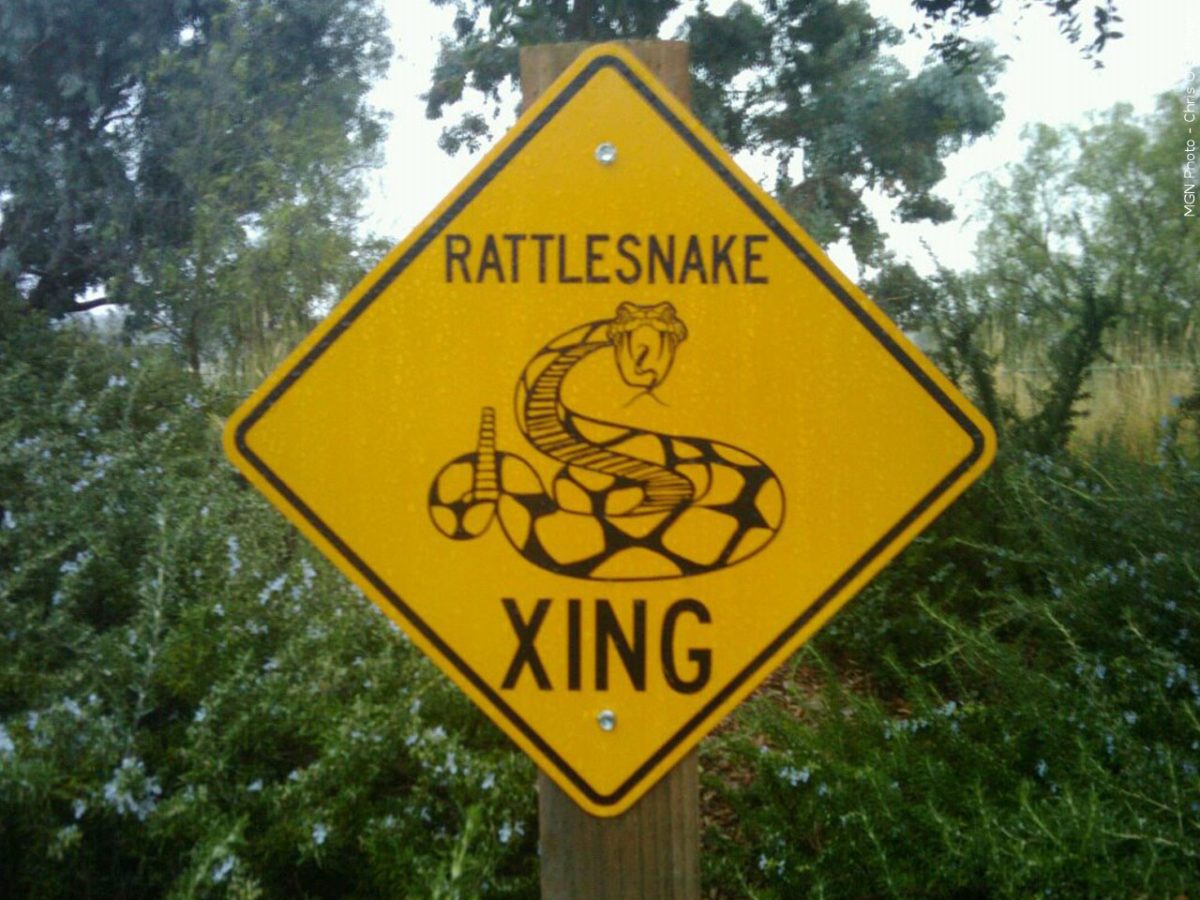On June 13, a boy was bitten by a rattlesnake near the trailhead on 27th Street, and general sightings in neighborhoods have been increasing. Rattlesnake season can start as early as April and lasts the warm months, usually ending around October.
If you spot a rattlesnake, be conscious of its space and leave it alone. If it is on campus, contact facility management at (801) 626-6331.
If it is off campus, call the Ogden non-emergency line at (801) 395-8221.
Weston Woodward, director of facilities management at WSU, explained the process for dealing with a reported snake.
“If it’s on the trailhead, we would just shoo it back towards the wild,” Woodward said. “If it was on campus property, we would talk to the Division of Wildlife to have it removed.”
A species commonly mistaken for rattlesnakes is the gopher snake. There are many ways to tell the difference between a gopher snake and a rattler, but unfortunately, most of these distinguishing factors are not things that are noticeable in a split second.
The main difference is the head and pupil shape. Gopher snakes have heads that are roughly the same width as the rest of their body and their pupils are circular. All Utah-native rattlesnakes have an elliptical or diamond-like pattern on their backs, and as they are all types of pit viper, have slit eyes and heads that are considerably wider than the rest of their body.
The most common rattlesnake in Utah is the Great Basin rattlesnake. Others that have been recorded in Utah are Mojave, Speckled, Sidewinder and Midget Faded.
Mojave rattlesnakes have a venom so strong it rivals true cobras. The danger of Mojave venom is it is both a neurotoxin and hemotoxin, meaning it targets both nervous system and brain function as well as muscle function. Mojave venom is one of four venoms used to produce Crofab, the antivenom used for pit viper venoms.
Though Mojave rattlesnakes are likely the most dangerous found within Utah borders, with proper medical intervention, bites are rarely fatal.















